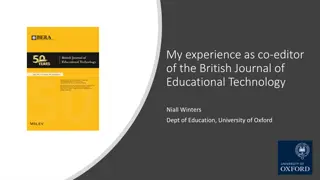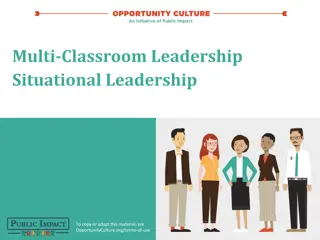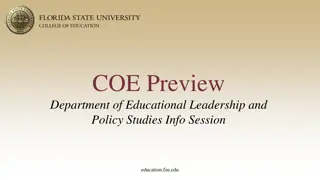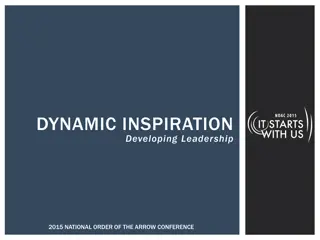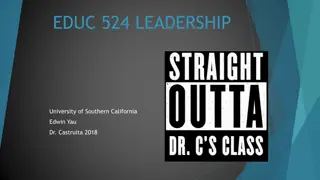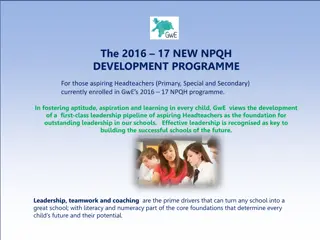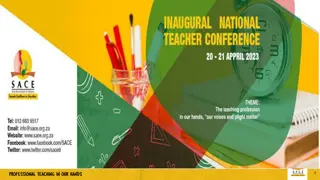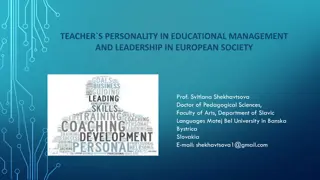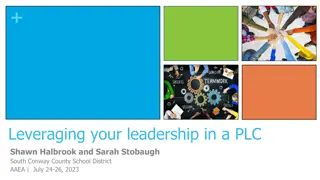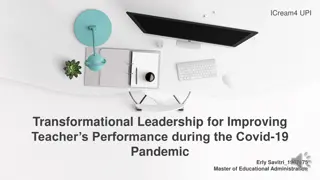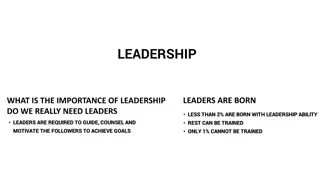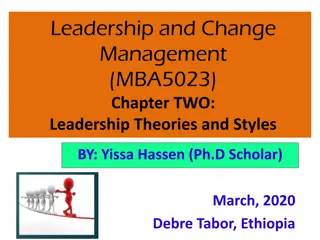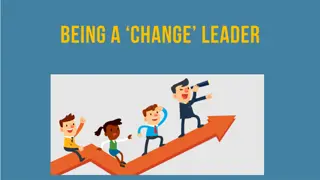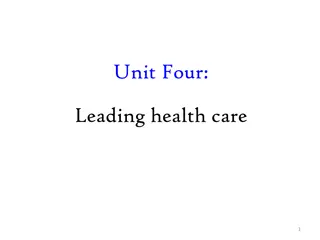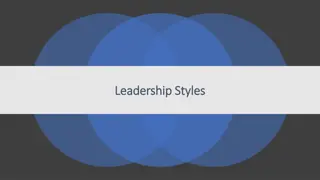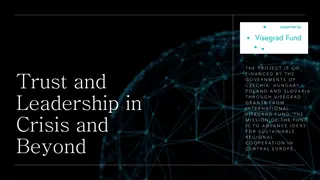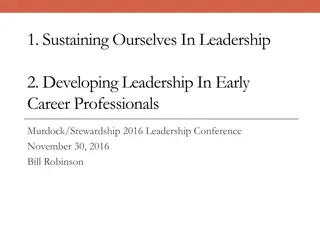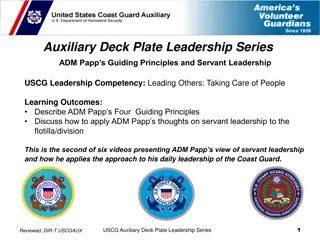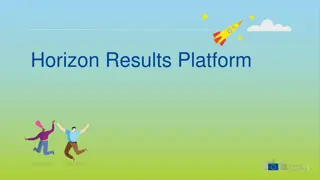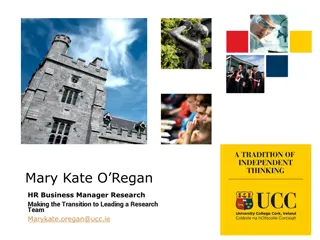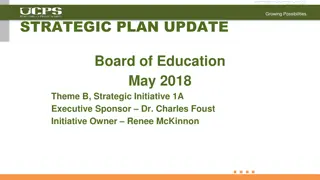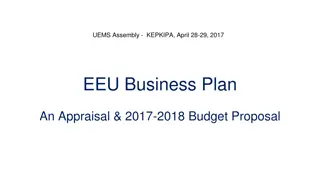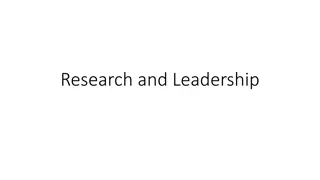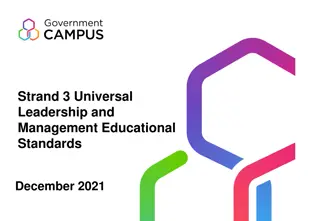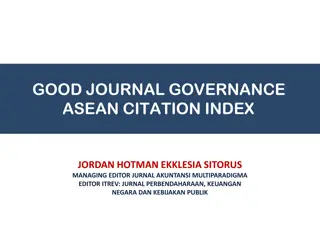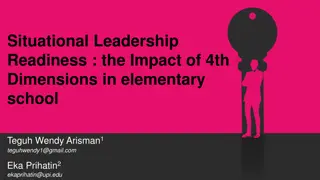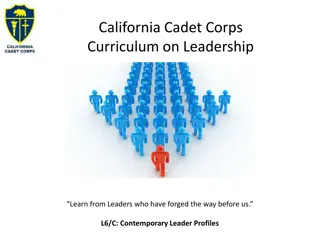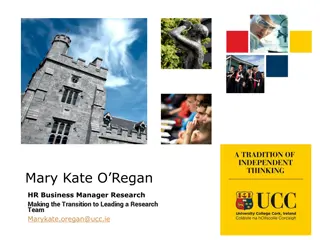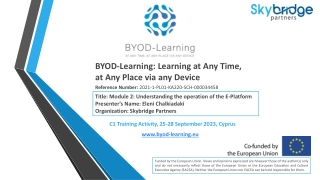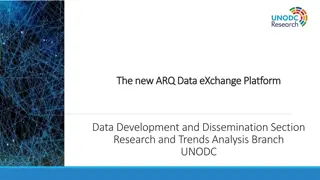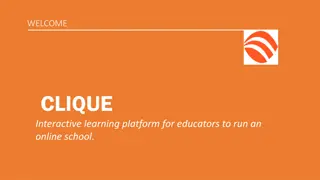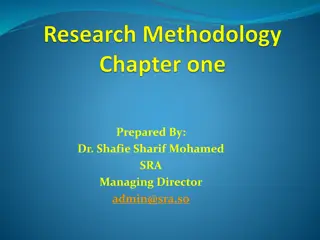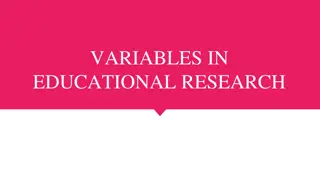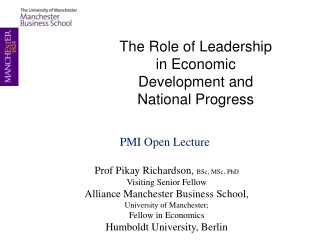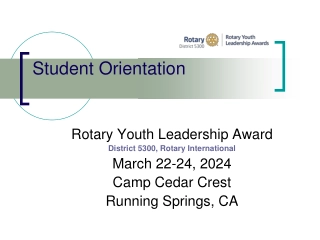EMAL Journal: A Leading Platform for Educational Leadership Research
EMAL (Educational Management Administration & Leadership) is a prestigious journal owned by BELMAS and published by Sage. Established in 1973, EMAL focuses on leadership and management in various education sectors. With a rigorous review process, EMAL has been listed in the SSCI since 2011 and boasts a high impact factor. Authors submitting to EMAL should ensure their papers align with the journal's scope and meet high standards of technical quality and clarity.
Download Presentation

Please find below an Image/Link to download the presentation.
The content on the website is provided AS IS for your information and personal use only. It may not be sold, licensed, or shared on other websites without obtaining consent from the author. Download presentation by click this link. If you encounter any issues during the download, it is possible that the publisher has removed the file from their server.
E N D
Presentation Transcript
EMAL facts and figures EMAL is a learned society journal, owned by BELMAS (the British Educational Leadership, Management and Administration Society) and published by Sage (London) EMAL is a very well established journal, founded in 1973 (2019 is volume 47) EMAL has six issues a year (published bi-monthly) EMAL is overseen by an Editorial Board, supported by the international Editorial Board EMAL is managed by the editor and an administrator EMAL s submission process is via Manuscript Central
EMAL aims and scope EMAL considers articles about leadership or management in all sectors of education: Early childhood education 2. Primary schools 3. Secondary schools 4. Special education 5. Vocational education 6. Higher education 1.
The diverse journals market Open Access journals (author pays) may not have robust review processes (profit, not quality) Traditional journals (funded by subscriptions) have differential esteem: Social Science Citation Index (SSCI) journals 2. Scopus journals 3. Other journals Further differentiation based on impact factors 1.
EMAL prestige indicators The SSCI publishes impact factors , based on citations in other SSCI listed journals EMAL has been listed in the SSCI since 2011 (first impact factor 2013) In 2018 (most recent figures), EMAL s impact factor was its best ever at 1.804 (2017 1.542) ranked 87 out of 243 indexed journals Submissions are also at a record level (400+) Acceptance rates are falling (currently c. 10%)
How to prepare publishable papers Target your journal carefully does the scope fit your manuscript? EMAL often receives papers unconnected to leadership or management Very high technical quality no typos Clear explanation of the purpose of the paper Sound review of previous research & literature Careful explanation of methods Clear presentation and discussion of findings Link findings to previous research & literature
Journals decision process: pre- review Submission via Manuscript Central Papers go to the editor for initial decisions Perhaps rejected at this stage because: 1. Paper does not fit the journal s scope 2. Weak presentation and grammar 3. Inadequate methods 4. No systematic literature review 5. Few links between data and literature For EMAL, 20% of papers rejected at this stage Careful paper preparation is required
Journals decision-process: referees Typically two or three referees per paper One with specific subject knowledge One with specific contextual knowledge Reviews are double blind Referees are unpaid, so allocating referees is not a straightforward process may be delays Patience is required while reports are received
Journals decision-process: reports Reports to the editor and the author(s) First decision options: accept, minor revision, major revision, reject Accept is very rare - only 4 of my 80+ papers Reject decisions depend on paper quality and journal capacity EMAL s accept rate is 10% Revision outcomes normal perseverance is required to revise and resubmit; perhaps more than once (stay in the game)
Journals decision process: resubmissions Revised papers usually sent to same referees Authors should explain how they have responded to the initial comments The same decision options are available to the editor so further revisions may be required If not rejected, persevere
African journal articles on educational leadership and management 393 published in all journals 2008-2016 (only 89 from 1999- 2007, so a huge increase) Top eight African countries 1960-2016 (Hallinger 2019): 1. South Africa 160 articles 2. Nigeria 98 3. Kenya 78 4. Zimbabwe 26 5. Botswana 21 6. Tanzania 21 7. Ghana 19 8. Uganda 16
Conclusion: Advancing African Research and Publications Substantial growth in research outputs recently but from a low base Partnerships within and beyond Africa vital to develop research capacity and capability showing the value of this workshop I intend to address this issue in my lecture on educational leadership and management in the Commonwealth (29 November in London) I am happy to answer any questions



